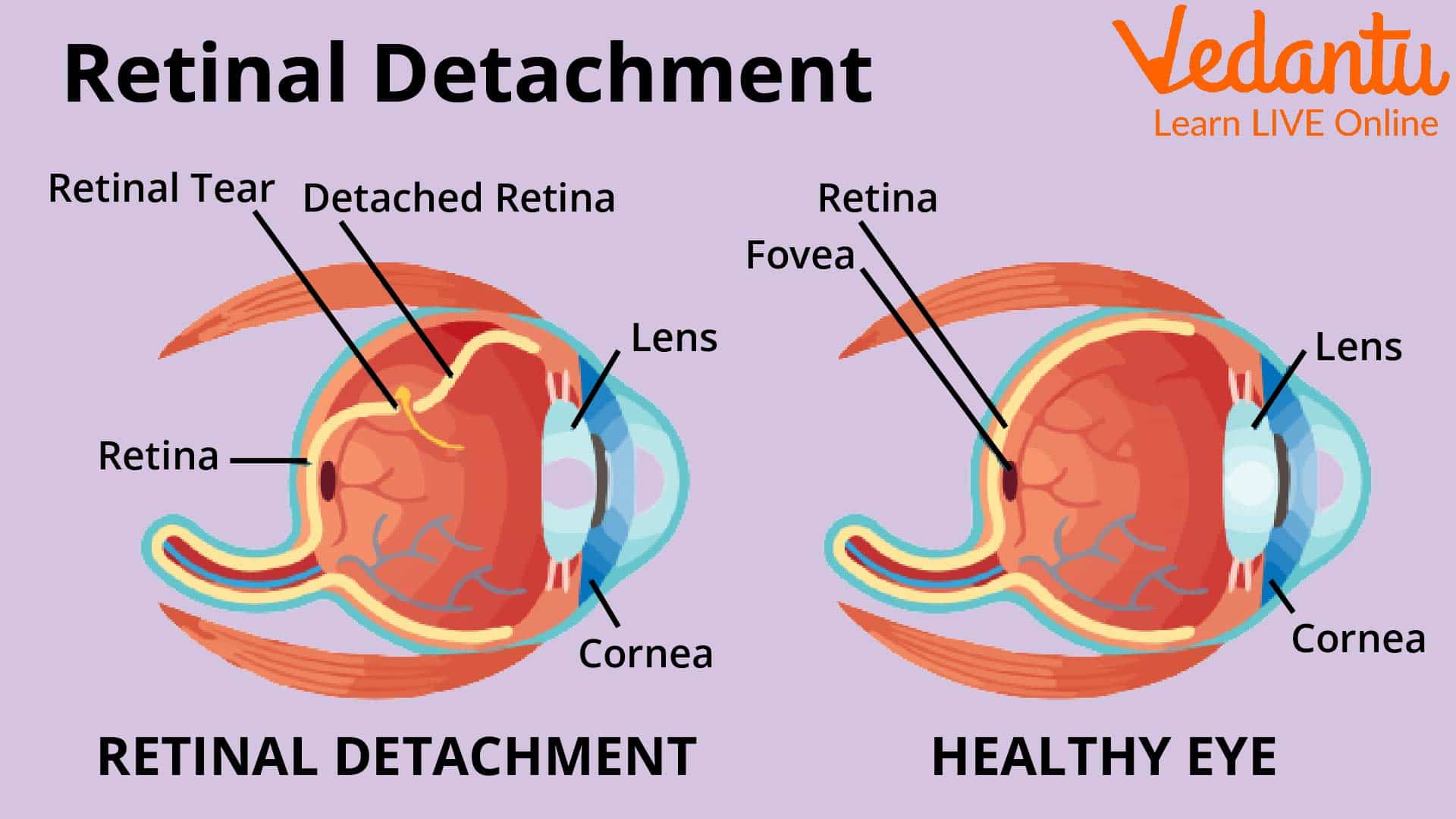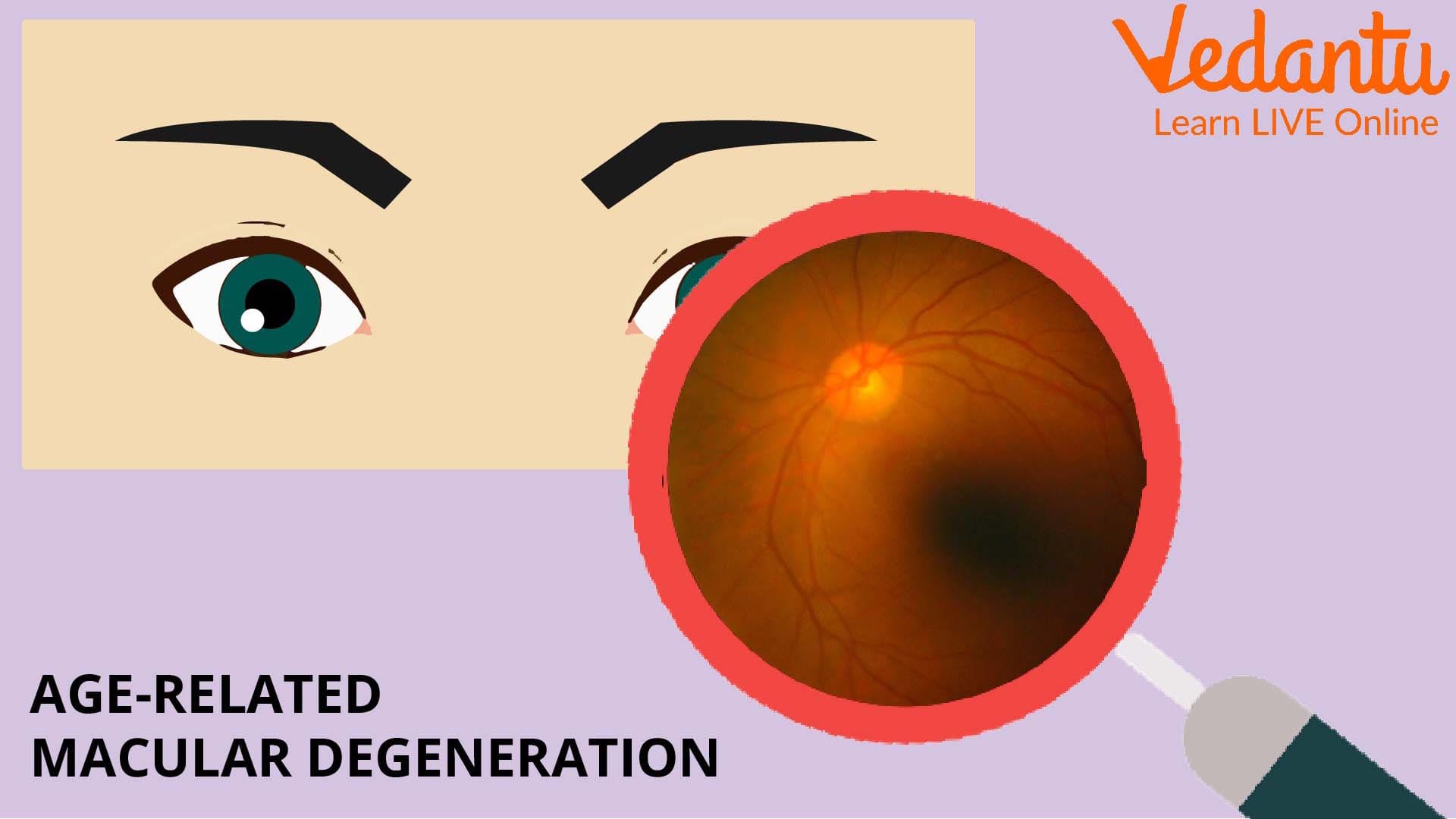Why Do You See Stars in Your Vision?
The eyes, one of the foremost sense organs of the living organisms, are very delicate and sensitive. These help every living being to see everything around them. Being such fragile structures, the eyes can easily be injured or caused harm, even by a small foreign body. So, to keep our eyes protected against damage we must be very careful.
Sometimes you would possibly see stars and flashes in eyes or experience some kind of visual disturbances like a spark in eyes. This condition is usually referred to as Photopsia. It is usually a result of temporary external pressure on the eye or even if you're facing some internal medical issues. People also experience seeing light black background in this situation. Proper attention and immediate treatment can help recover from this condition. Let us go through the rest of the article to know more about this eye condition.
How do We See Things?
We do not see the objects around us directly. When light falls on an object, the image that is created by its reflection is what we see. As this light struck our retina, the cells inside the retina convert the light into some kind of electrical signal, which then travel through the optic nerve to the brain. The brain then shows us the image of the object.
What Causes You to See Stars?
Photopsia, a condition that leads someone to see stars or experience flashes of light in eyes, can be caused due to various reasons. Below is a detailed explanation of some of the reasons and the symptoms of Photopsia:
Detachment of the Retina
The back of the eye is bordered on the inside by a thin layer of tissue known as the retina. Its job is to capture light and transmit it along the neural pathways as signals to the brain, which then allows visual recognition. Retinal detachment is an eye condition that causes the retina to move and shift from its original position, thus causing Photopsia.
People facing this issue start to see flashes in eyes or sometimes spark in eyes. Immediate medical treatment is required as this might even lead to permanent loss of vision.

Retinal Detachment
Detachment of the Peripheral Vitreous
The space between the lens and retina of your eyes is filled up with a gel-like fluid called the vitreous body. It consists of numerous tiny fibres attaching to the retina. As you grow old, this gel-like fluid starts detaching from the retina, leading to a situation called Peripheral Vitreous Detachment.
It doesn’t make your eyes pain, but for just a split second it can make you see stars blink or flashes of light blink, thus, causing Photopsia. This situation makes you see stars only at night. However, it does not cause vision loss.
Ocular Migraine
Some people suffer from severe headaches causing continuous throbbing pain, especially on one side of the head. This situation is called Migraine. Ocular or retinal migraine is a condition where the person can experience vision loss or blindness for a short period, accompanied by throbbing headaches.
It is usually caused due to lesser amount of blood flow or spasms of blood vessels within the retina or at the back of the eye. Migraine with aura, a disturbance including visual changes or flashes of light in the eyes, leads to Photopsia.
Optic Neuritis
There are times when sudden inflammation or rashes in the eye results in damaging the optic nerve resulting in a condition called Optic Neuritis. This kind of episode may include eye pain followed by flashing or flickering with eye movement. This can cause the person to see stars i.e., Photopsia.
In such a situation, the suffered person may observe a thumb-shaped light black background blurring the vision within a few days. In a week or two, this condition might deteriorate thus darkening portions of the visual area.
Age-related Macular Degeneration
The macula is the part of the retina on the back-side of the eye which is responsible for central and colour vision. It provides us with a very high-quality focused vision. People aged between 50 and above, often face a common eye condition known as Age-Related Macular Degeneration or AMD. This condition slowly damages the macula, thus, resulting in Photopsia. Macular degeneration is a chronic eye disorder and, hence, can cause permanent vision loss in many cases.

Age-Related Macular Degeneration
Vertebrobasilar Insufficiency
When the flow of blood to the back of the brain highly reduces, it leads to an eye condition called Vertebrobasilar Insufficiency. This portion of the brain is fed by two vertebral arteries which join together to form the basilar artery. This condition causes a lack of oxygen in the brain, thus, leading to Photopsia. People experiencing this situation show symptoms like dizziness, blurry vision, vertigo, etc.
Blow to Your Head
You might hit your head on something hard and start seeing stars or tiny moving spots of light in your vision. This causes temporary Photopsia. It requires immediate medical attention as it could lead to an internal haemorrhage of the vitreous, causing you to see tiny moving spots of light, a spark in the eyes, blurry vision and so on.
Pregnant Women
Often, it has been noted that pregnant women experience seeing flashes of light in eyes. The reason is increased blood pressure or glucose levels. It is a temporary condition that might arise after twenty weeks and gets normal in approximately five or six weeks after the baby’s birth.
Symptoms of Photopsia
People suffering from Photopsia may experience the following symptoms:
Sudden flashes or flickering of light in vision.
Feeling like seeing sparking stars or light stars.
Seeing tiny moving spots of light here and there.
Pain at the back of the eye.
Continuous head throbbing.
Loss of colour perception.
Temporary or in some cases permanent loss of vision.
Examples of Eye Flashes
Eye flashes are usually caused due to gradual contraction of the vitreous area of your eye. Some examples of such eye flashes are:
Light stars spark blinking.
Dark black spot or streak of light.
Lights that appear like camera flashes and bursting crackers.
Lightening like flashes of light.
How Photopsia (Seeing Stars or Floaters) Can be Treated?
Photopsia does not have any single way of treatment. You need to first identify the root cause behind this condition. In the case of retinal detachment surgeries like laser treatment can be done. If Photopsia occurs due to age-related macular degeneration, it can be treated with the help of injections in both the eyes.
Sometimes stress can lead to high blood pressure levels making the person see light flashes. Rest and proper medications can help resolve this issue. People with acute migraine must consult with the doctor and take the required pain relievers to avoid the pain and blinking stars in the vision.
Conclusion
To summarise, we often see stars blinking or flashes of lights in our vision. This phenomenon is known as Photopsia. This condition may occur in people of varied age ranges. It usually occurs when the retina gets stimulated due to a sudden rise in blood pressure, or due to continuous eye rubbing and inflammation. Migraine auras and degeneration of the macula can also be the cause of floaters in the eyes. Patients are even found seeing tiny moving spots of light.
Although Photopsia is generally harmless, its risk factors depend on the seriousness of the issue and if you’re growing old. Visiting the doctor and getting immediate medical attention can help you regain from this easily. People who frequently suffer from Photopsia might need to go under surgery.







